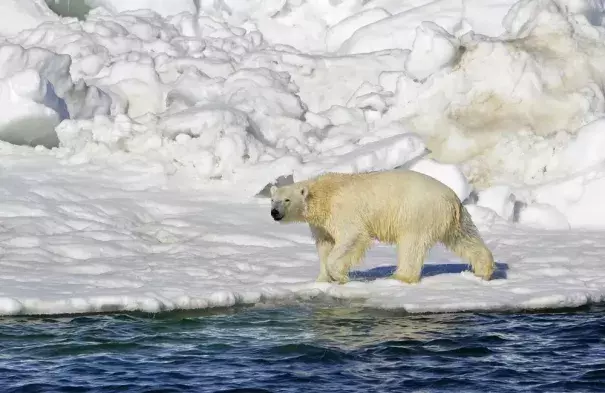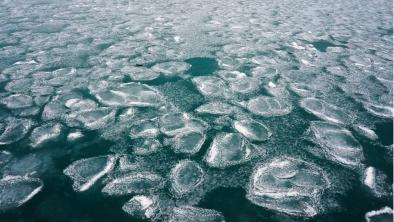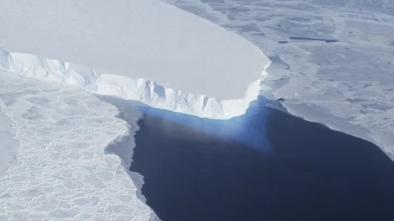Melting Sea Ice Could Increase Threatens Polar Bears, People

The recent deaths of a mother and her son in a polar bear attack in Wales, Alaska, are raising concerns about the impacts of climate change on polar bear populations, with melting sea ice potentially leading to more interactions with humans as the bears are forced ashore. While this was the first fatal attack in over 30 years, with just 73 documented polar bear attacks between 1870 and 2014, the disproportionate global warming in Earth's polar regions is increasingly melting the sea ice the bears rely upon for hunting. Polar bears are listed as "threatened" under the Endangered Species Act, with sea ice loss described as their primary threat. “Animals in poor body condition are just more likely to take risks. They’re more likely to be desperate and to do things that a healthy bear typically wouldn’t do," Geoff York of Polar Bears International, told the Washington Post. "And those are the bears specifically that people have to be worried about.”
(Washington Post $, Newsweek, NPR, AP)
(Climate Signals background: Arctic amplification, Sea ice decline)
To receive climate stories like this in your inbox daily click here to sign up for the Hot News Newsletter from Climate Nexus:
Related Content





